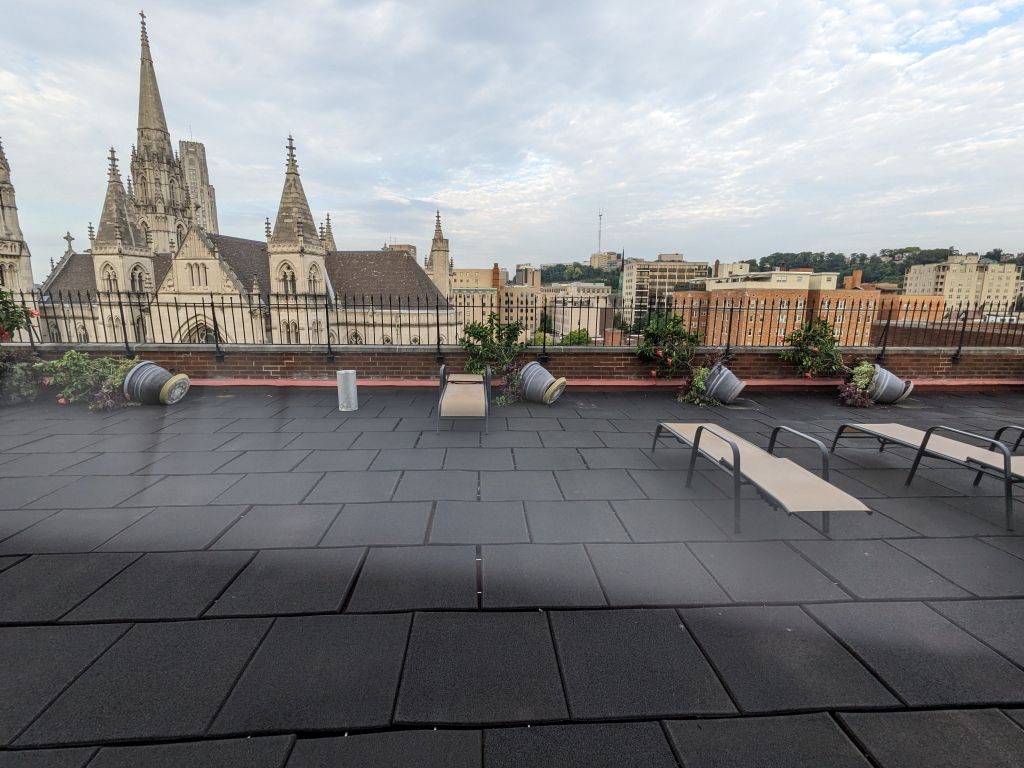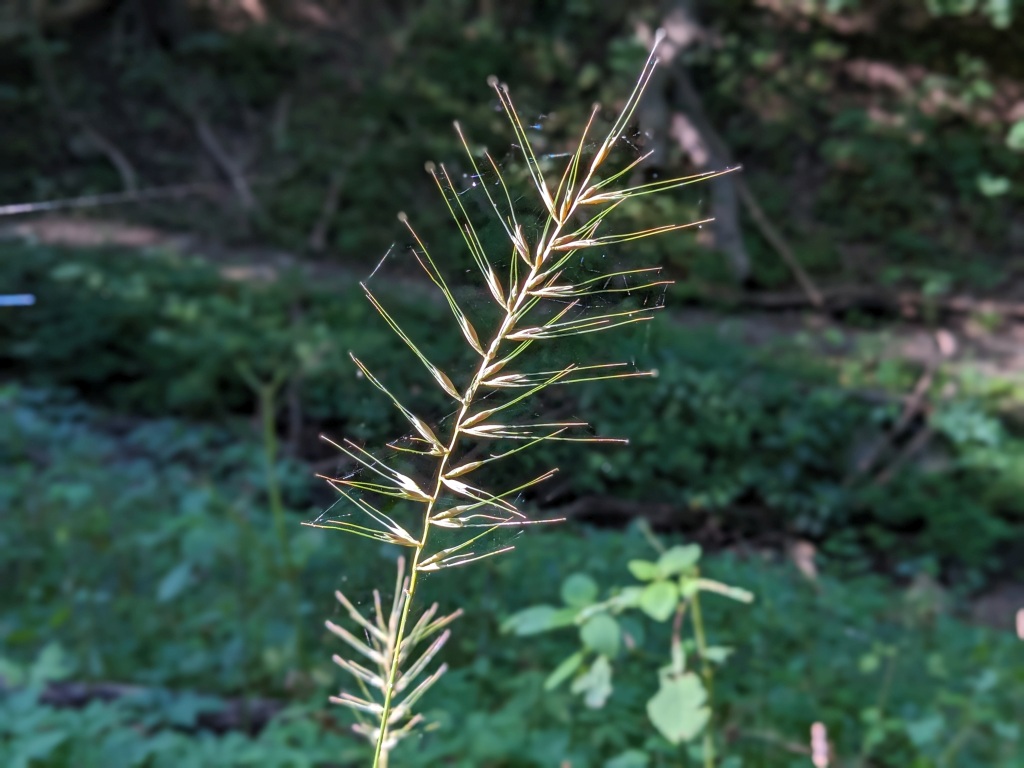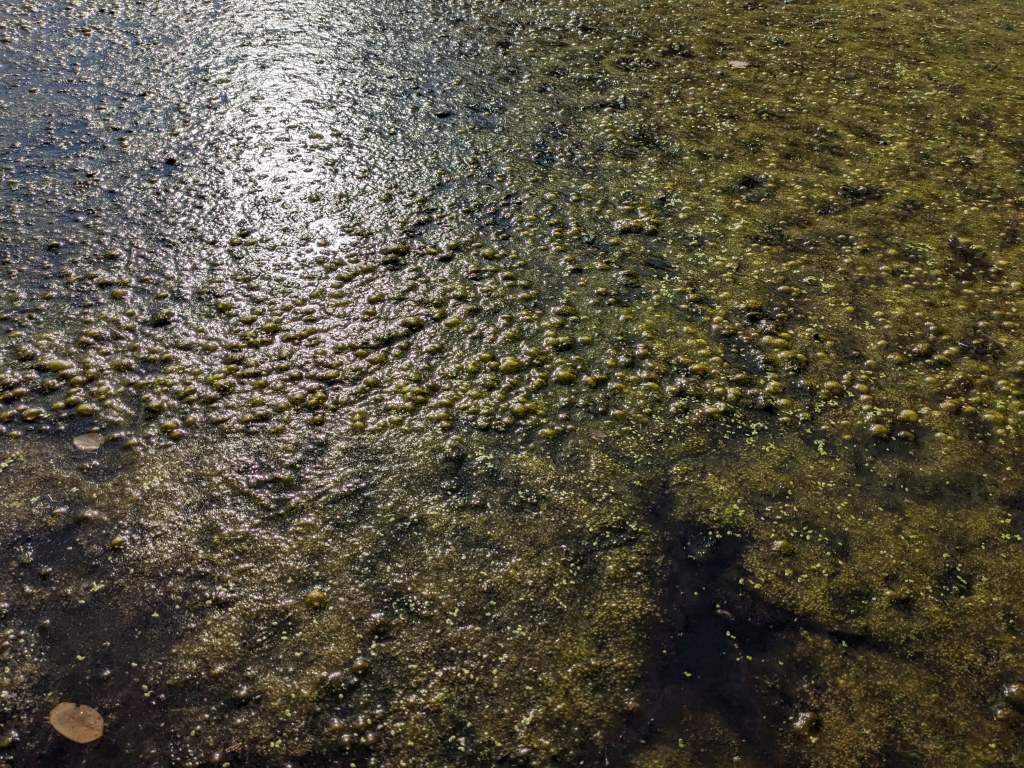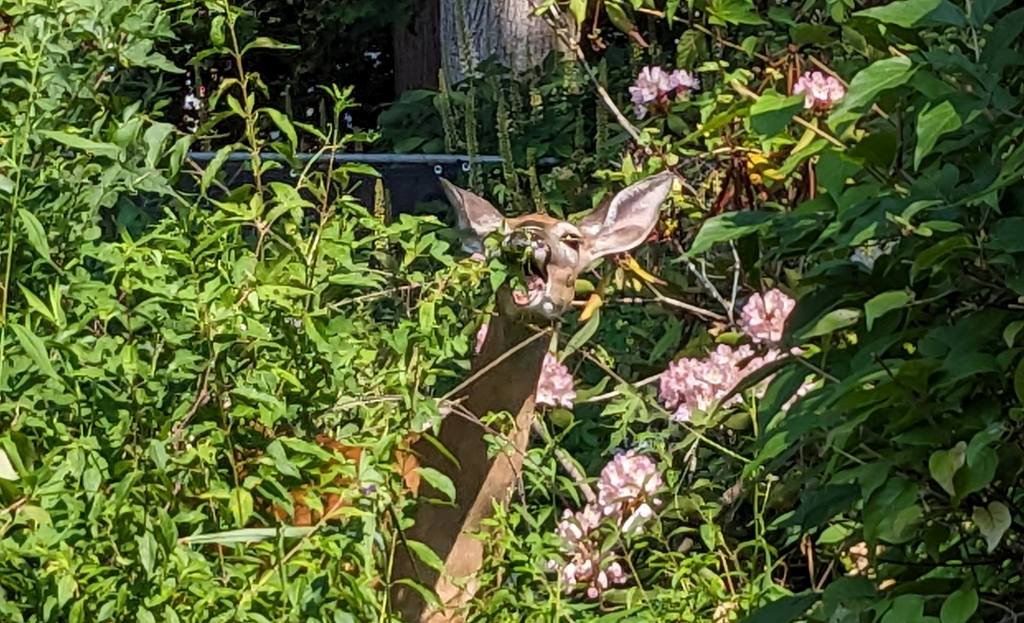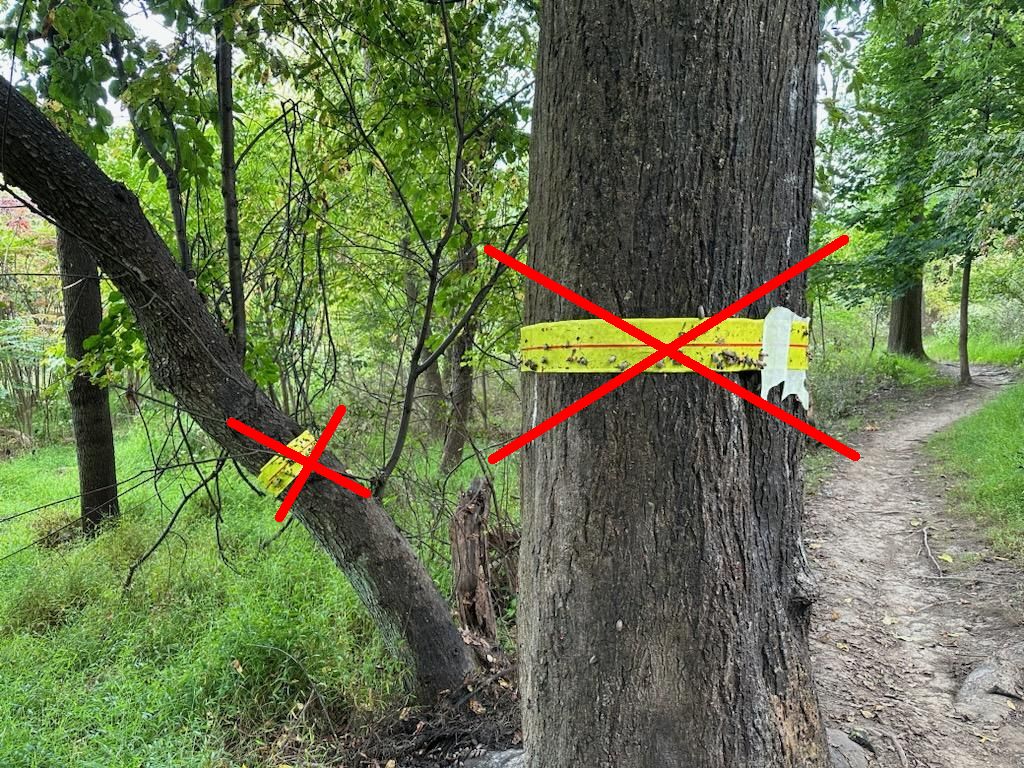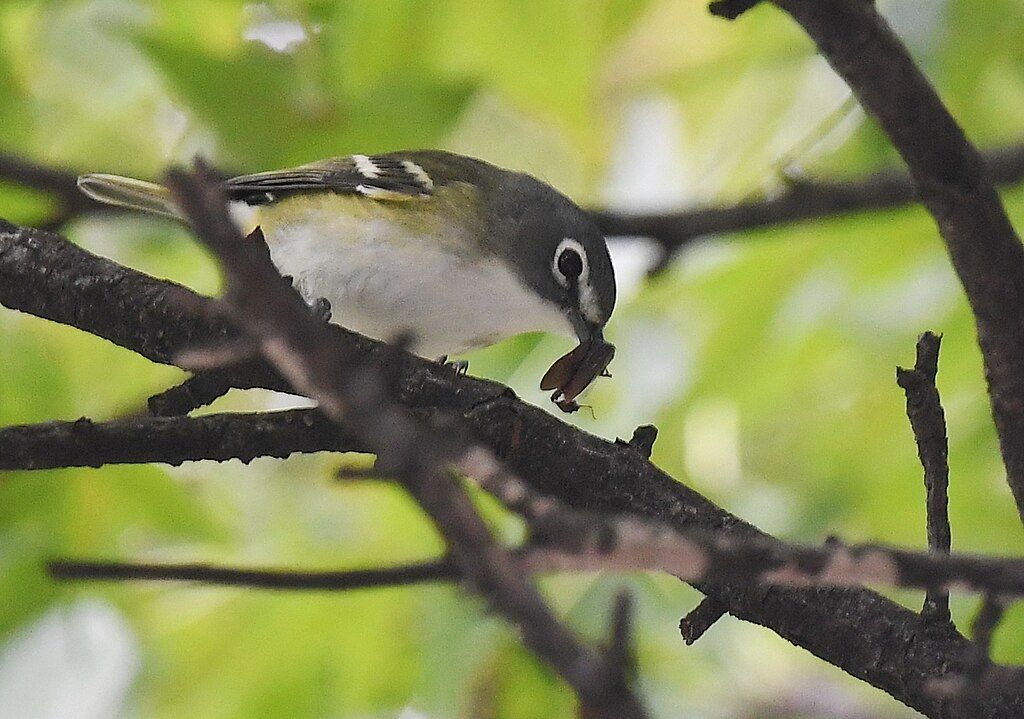
25 October 2024
This week a migrating blue-headed vireo visiting New York City decided that spotted lanternflies taste pretty good.
Blue-headed Vireo demolishing a lantern fly in Central Park pic.twitter.com/t41vaByIp9
— Brad Balliett (@BalliettBrad) October 22, 2024
If you don’t see the video above, click here: pic.twitter.com/t41vaByIp9
Though the current distribution of spotted lanternflies overlaps part of the blue headed vireo’s breeding range, an individual vireo might never have seen a lanternfly before he reached Central Park. This particular bird might be taking his first taste.
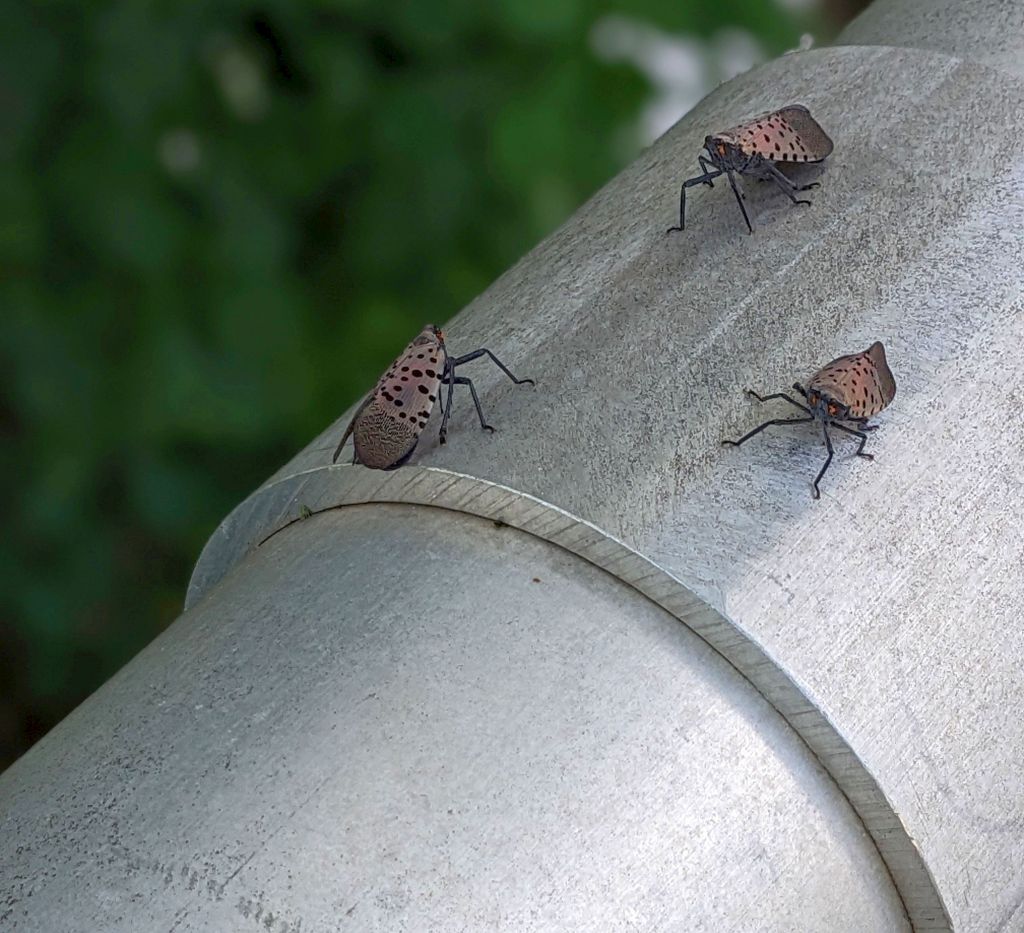
How can a blue-headed vireo be naive about spotted lanternflies? It’s easy if he hatched this year. Let’s compare three maps.
1. This map of spotted lanternfly (Lycorma delicatula) distribution shows there are no lanternflies in the Adirondacks, Vermont, New Hampshire. Nor are they in Canada yet.

2. Blue-headed vireos (Vireo solitarius) breeding north of NYC nest in Canada, New England and New York state. The vast majority of hatch year blue-headed vireos were born north or outside of the lanternfly’s distribution.

3. Were these naive birds in Central Park this week? This eBird slideshow of blue-headed vireo abundance for the weeks of 18 and 25 October shows that most vireos have left Canada and are moving rapidly out of New York and New England. The bird in Central Park on 22 October was probably born outside the spotted lanternfly zone.
slideshow of blue-headed vireo abundance from eBird Status and Trends
By now blue-headed vireos have already left southwestern PA and this week they’ll depart from eastern Pennsylvania. Their help with spotted lanternflies will have to wait until next year.









